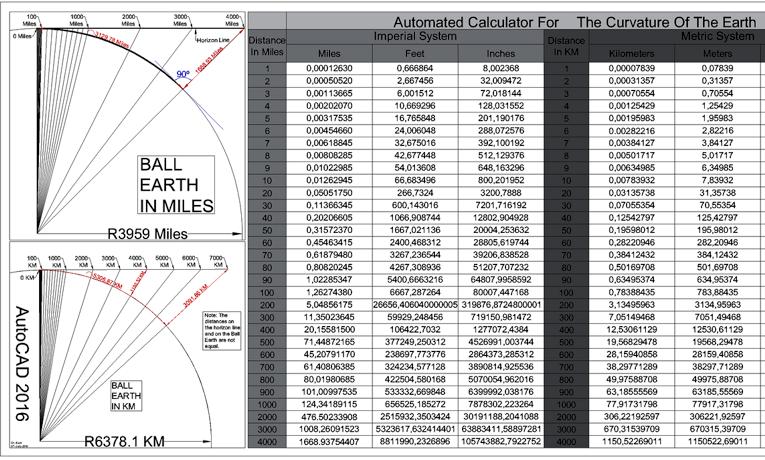
Experiment 1: The Old Bedford Level Experiment
The location of this experiment was the Old Bedford River, which Rowbotham referred to as a canal. During the winter of 1837 he observed, using a telescope, from Welney Bridge barges six mile distant. The assumption was that the curvature of the Earth would prevent him from seeing anything beyond a distance of 3 miles. From this he concluded this proved the Earth flat. Up to 1870 Rowbotham followed this with six experiments, the results of which he published in several pamphlets and books.
The author, with a good telescope, went into the water; and with the eye about 8 inches above the surface, observed the receding boat during the whole period required to sail to Welney Bridge. The flag and the boat were distinctly visible throughout the whole distance! The conclusion was unavoidable that the surface of the water for a length of six miles did not to any appreciable extent decline or curvate downwards from the line of sight. As the telescope was only 8 inches above the
water, the highest point of the surface would have been at one mile from the place of observation; and below this point the surface of the water at the end of the remaining five miles would have been 16 feet. Such a condition was not observed; From which it is concluded that the surface of standing water is not convex, but horizontal.
The situation Rowbotham sketches appears true. That is, if a telescope is held 8 inches above the water it’s view will be obstructed by the “bulge” of the Earth’s curvature (T in Fig 2 above) just 1.06 miles away. And the drop at the 6 miles point is 16.27 feet. The top of the flag would be more than 11 feet below what is observable (the line-of-sight A-C in Fig 2 above). What Rowbotham does not account for, however, is the refraction of light which happens above a warm surface.
This experiment has been repeated by other people over the years in order to prove, or disprove, the curvature of the Earth.
The same location was used in 1870 by Alfred Russel Wallace, the naturalist, explorer, geographer, anthropologist, and biologist. He had accepted a £500 wager (equivalent to about £44000 in present-day terms) offered by a Flat-Earth proponent named John Hampden, to be paid to anyone who could demonstrate a convex curvature in a body of water. Wallace placed three straight rods, placed on barges, at 2 mile intervals. Using a theodolite he sighted from the top of the first rod to the third. If the Earth was flat, the middle rod should also show at the same height. Instead, the middle rod ended up to be 32 inches higher, showing the curvature of the Earth.
In 1904 Lady Blount, a follower of Rowbotham, repeated his experiment. She photographed a white sheet hanging two feet above the water, six miles away. As she could see the theoretically hidden bottom of the sheet her conclusion was that the Earth was indeed flat.
Similar experiments are still being done:
- Two experiments shown during the first 16 minutes of “Where are We?” Episode 6 from the 2016 TV Show “Genius by Stephen Hawking” (Youtube)
- Flat-Earthers do a laser test on Lake Balaton, Hungary in 2016. (Youtube)
- Flat-Eather FECORE webpage with information about the laser test on Lake Balaton, Hungary in 2018.
- Flat-Eathers do a laser test on IJsselmeer, The Netherlands in 2018. (Youtube) (Note: this is a teaser for a larger video to be released at a later date)



